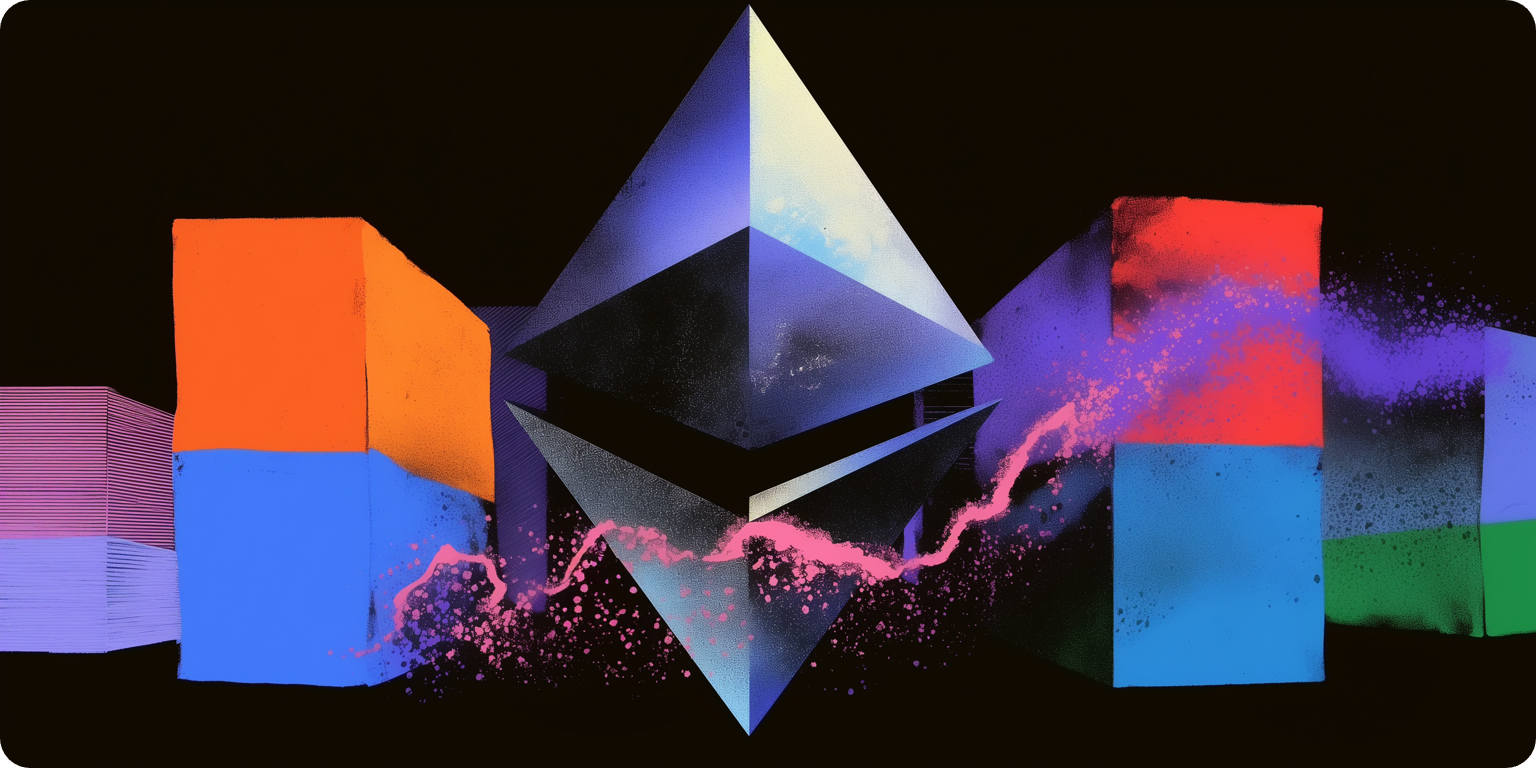NFTs as Building Blocks for Ethereum’s Future

The Ethereum community got excited this week over a new proposed onchain building block: ERC-8004.
It's a technical standard for "Trustless Agents." If Ethereum is to become a world ledger for AI, better dedicated railing will be key. ERC-8004 is a step in this direction, as it would bolt an onchain trust layer onto the Agent-to-Agent (A2A) protocol, which is stewarded by the Linux Foundation.
Basically, this standard would give agents a shared language on Ethereum, so even if they don’t know each other, they can still work together safely.
That said, in reading through the proposal, one line in the "Possible future directions" section particularly stood out to me:
"Use NFT interface for agent minting, ownership, and transfer."
Of course, the most popular use of NFTs to date has been digital collectibles. They can be collected, traded, used to gain membership to communities, etc. And in this context, they often function as Veblen goods, where price increases grow demand.
Yet the possible NFT path for ERC-8004 is just the latest example of a growing trend in crypto, the trend of NFTs increasingly being turned to as infrastructure.
In the AI vertical, this embrace makes lots of sense. NFTs make it straightforward to own agents, to transfer them, to manage them in multisigs. They make it simple to discover them and trade them in marketplaces. They open up composability avenues, like programmable revenue splits.
We’re already seeing this trend in the wild, too. The Base projects Onchain Gaias and Virtuals Protocol both represent their agents as NFTs. Virtuals even uses Immutable Contribution Vaults (ICV), which are NFTs themselves, by minting NFTs into them to track approved agent modifications.
But the "NFTs as infra" trend is broader than onchain AI.
For instance, ENS was Ethereum's original NFT infra—i.e. domain names as portable, composable identity. And more have followed suit here, especially in DeFi.
Think Polymarket Conditional Tokens as programmable outcome claims. Or Uniswap V3 and V4 LP positions as NFTs for portable liquidity, or Liquity V2 borrow positions as NFTs for portable debt. And one of the newest examples is Flaunch's Memestream NFTs, which offer tradable revenue streams for memecoins.
Ultimately, NFTs are an open format. They can be used in an endless variety of ways. It's true that NFT collectibles are heating up again on Ethereum as ETH flirts with new price highs—people are chasing ETH beta in choice collections. But the NFT infra trend is also quietly compounding in parallel as onchain builders are trying new avenues for composability, portability, provenance, etc.
In his latest interview with Bankless, Vitalik Buterin noted one of his biggest surprises over the years was the rise of NFTs on Ethereum. "I was not really expecting anything like NFTs at all," he said. Similarly, I think we will all be surprised at just how much the NFT infra trend will grow in the years ahead.
Many of these infra integrations won’t be flashy or hyped, but they’ll quietly reshape how we move around onchain. So the future of the Ethereum ecosystem won’t just be about tokens we trade. Rather, it’ll increasingly hinge on the infra tokens that make the rest of the app layer possible. That’s a throughline worth keeping an eye on.